Saving Time with Delivery Management Software
Explore how delivery management software saves you time by automating delivery planning, and how much time you ACTUALLY save by using it.
Home > Blog > How Last-Mile Delivery Route Optimization Saves Money & Wins Customers
Customer Experience ManagementLooking to save money on delivery? And win over more customers? Here's how you can do it with last-mile route delivery optimization and eLogii.
Can last-mile optimization really do that? The answer - as we’ll show in this blog - is a resounding “yes!”
That makes last-mile delivery route optimization an area that any business with a logistics component needs to pay attention to as a matter of urgency.
In what follows, we’ll spell out all the problems that poor routing causes for businesses and what you should be looking for in a solution.
“Last-mile delivery” is the final leg of the supply chain journey. It may be less than a mile or it may be hundreds of miles long: what’s important is that the last mile takes deliveries from the supplier’s distribution hub to the end customer.
This is a complex, expensive part of the supply chain. It will typically involve vehicles making multiple deliveries to different customers at different locations. To do otherwise (to make one journey per delivery) is rarely, if ever, going to be economic.
So route optimization - the matter of getting around all those destinations as quickly, cheaply, and reliably as possible - is very important.
The trouble is, it’s extremely complex. Mathematicians and computer scientists have wrestled with the Vehicle Routing Problem for years, and today a variety of algorithms and heuristics are used to solve it in practice.
Companies that rely on their own or third-party logistics providers to manage their last-mile operations face a particularly tough environment in 2024:
It’s been shown that the last mile is by far the most expensive part of shipping: one study puts it as high as 53% of the total.
But in truth, many businesses don’t have any meaningful visibility over the cost of last-mile delivery because they rely on traditional logistics metrics only. The pressure to offer free shipping in particular often means that last-mile operations eat into profitability.
And that’s not the only problem that bad routing causes.
Logistics UK’s May 2022 Performance Tracker reported that:
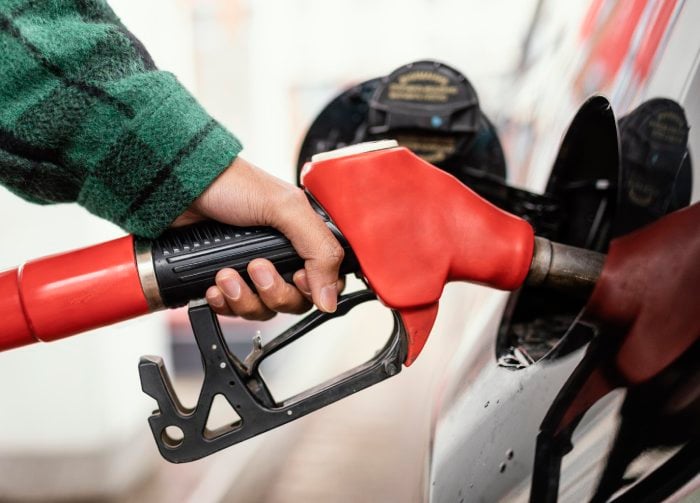
While it’s true that there are well-publicized global supply chain problems and driver shortages feeding into those costs, the main factor is fuel. According to Statista:
The more miles they travel and the longer they spend idling, the more fuel delivery vehicles burn. So it’s vital to optimize delivery routes to minimize time on the road.
It’s not just about fuel. It’s also expensive to buy or lease vehicles and to keep drivers employed. Poor route planning means either vehicle capacity standing idle while incurring costs, or customers frustrated by slower delivery times.
Many businesses try to reduce these issues by using 3PL, crowdsourced, or freelance capacity. While that does indeed have an impact, it doesn’t solve the matter of unnecessary hours on the road.
And bad routing doesn’t only increase costs today. It affects revenue tomorrow too.
A 2022 study found that:
Late delivery is the number one cause of consumer complaints. And they increasingly demand defined time slots for delivery, rather than just dates. People are not willing to sit in all day waiting for a package to turn up anymore!
A badly-optimized route will make your ETAs unreliable, risking customer annoyance when deliveries turn up outside the agreed time window.
If your driver turns up late or early, the customer may not be available to take receipt of the delivery.
That’s bad for you, because a failed delivery wastes time, fuel, and staff costs - which have to be paid all over again when it’s sent back out on a future date.
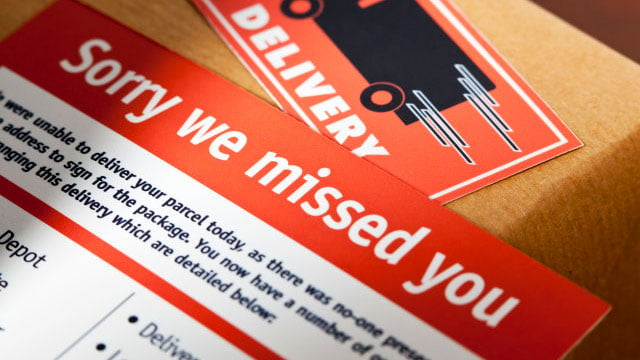
Put the customer’s annoyance at getting a “We called while you were out” note through the door aside. Loqate found that:
Traffic is just the most obvious reason why any vehicle may not turn up at a location at the time predicted when it set off.
Weather conditions, road closures, accidents, etc can all affect the efficiency of a route and the reliability of ETAs. Customers may also need to change their availability after a route has already been planned.
Static route planning is unable to take these kinds of unexpected events into account, leading to all of the problems listed above.
Last-mile delivery route optimization affects each of the problems outlined above, either directly or indirectly:
Another way in which businesses are addressing the last-mile delivery challenge is by moving distribution hubs closer to customers.
Growing numbers of businesses are switching from large out-of-town facilities to networks of smaller “dark stores” in urban areas. That changes the nature of the standard Vehicle Routing Problem, by shifting the depot to a point that’s optimized for delivering to the area it serves.

A recent report by Capgemini found that businesses taking this approach have cut their delivery costs by 23%.
Bad deliveries lose customers.
But a growing number of forward-looking businesses are seeing last-mile delivery as a revenue driver as well as a cost center:
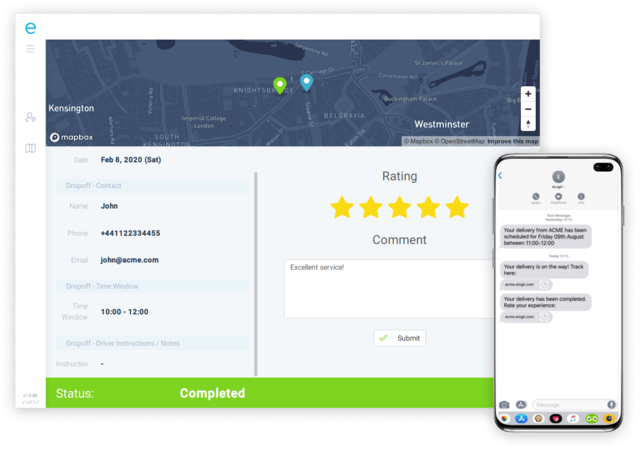
Of course, the biggest single factor is undoubtedly repeat business It has been shown that it’s anywhere between five and twenty-five times more expensive to win a new customer than to keep an old one.
We’ve seen in the foregoing that optimizing a route is about a lot more than just minimizing the distance traveled.
So when you choose a last-mile delivery route optimization solution, there is a lot of other functionality you should be looking for alongside route planning.
A good solution needs to collate all tasks (pickups, deliveries, etc) from all sources in one central location. The main ways this is done are:
Without the ability to import tasks at scale, your route planners and dispatchers’ workload will still involve massive amounts of repetitive, manual work.
We’ve already shown how costly failed deliveries can be.
The best last-mile platforms allow you to define workflows for drivers to follow when a package can’t be delivered (eg by rearranging the route to allow further attempts, by rules for leaving deliveries in a safe, alternative location, etc).
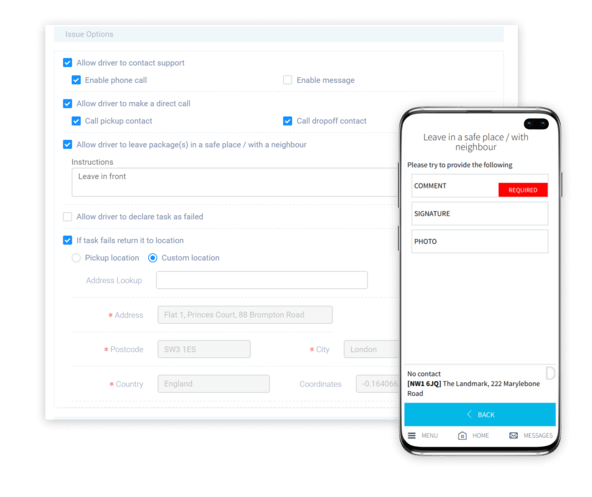
It’s also key to accommodate other kinds of exceptions to the normal rules:
Maximizing efficiency requires knowing where all your assets are, what they are doing, and being able to redeploy them immediately when circumstances change.
So any route optimization solution needs to include real-time location data for both vehicles and drivers. Most provide this either by a hard-wired GPS device in the vehicle or via an app on the driver’s phone.
This kind of information enables you to:
That last point brings us to another requirement: the ability to create dashboards for analyzing key data. If you’re not comparing the plan to what actually happened on the ground, you’re not making the most of route optimization’s possibilities.
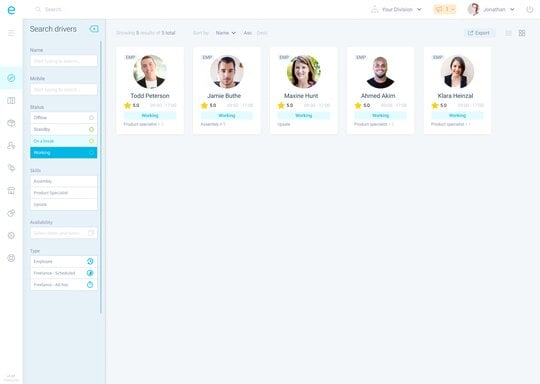
A good solution will collect and report on:
Customers need to be kept in the loop about where their deliveries are. A recent study found that 93% expect to be proactively notified about their orders’ whereabouts - and for 75%, this is an integral part of the overall delivery experience, not a “nice to have”.
These should be provided to customers via their preferred channel, whether that’s text, email, web portal, or anything else.
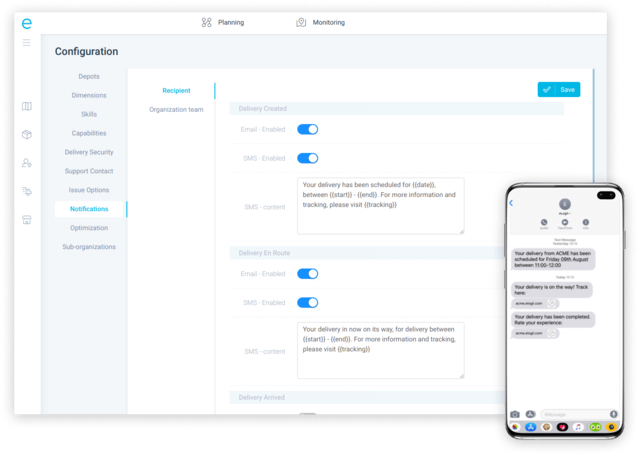
And if there’s a change to plans (for any of the reasons we’ve already talked about), customers need to be notified proactively, automatically about the new ETAs.
Without dynamic ETA calculation and customer notifications, your route optimization cannot be complete.
When a single driver may be dealing with hundreds of deliveries per day, it’s easy for things to get overlooked.
That’s why a robust Proof Of Delivery (POD) system is critical for making sure that nothing goes astray - and that if there ever is a dispute about where a package ended up, a comprehensive paper trail exists to show where it went.
In the past, drivers would collect signatures on paper as POD, but today technology allows photos, esignatures, barcode scans, and other methods to be collated via a smartphone app and logged in a centralized system.
Not all delivery types have the same requirements. A first-class route optimization platform will allow you to:
There are so many variables that can be optimized across a diverse range of products, drivers, vehicles, and customers. A great last-mile delivery route optimization solution will incorporate as many of these as possible.
Finally, truly optimizing performance depends on bringing in data from a whole range of different applications to ensure maximum responsiveness.
It’s vital to look at the ease and speed with which a route planning platform can be integrated with the other tools you use - for example, order processing, inventory, and supply chain management.
Be on the lookout for well-documented APIs and webhooks as well as native integrations when selecting the ideal platform.
It may sound like a lot to ask, but there is one last-mile delivery route optimization platform that ticks all of these boxes: eLogii.

As well as providing a state-of-the-art route planning algorithm, eLogii enables you to upload tasks, program exception and failure workflows, track driver locations, analyze performance data, generate dynamic ETAs and automatically send customer notifications, customize by way of a market-leading set of variables, and integrate alongside other tools with ease.
Don’t just take our word for it. Here’s what our client Ananas said:
“We looked at a number of last-mile platforms on the market and few had the capabilities to handle the level of scale we require and provide the level of experience we are looking to give our shoppers.”
And here’s what Crocus had to say:
“Really difficult to say, as making the switch from RouteXL to eLogii felt like “leaving behind a Renault Twingo and jumping to a Ferrari”. There are many features that have made planning much simpler and more scalable”
Explore how delivery management software saves you time by automating delivery planning, and how much time you ACTUALLY save by using it.
Looking to scale your delivery operations? Here are seven proven solutions for last-mile delivery that are guaranteed to help scale your operation.
We show you some of the biggest challenges of last-mile delivery and explain how last-mile delivery optimization will enable you to overcome them.
Be the first to know when new articles are released. eLogii has a market-leading blog and resources centre designed specifically to help business across countless distribution and field-services sub sectors worldwide to succeed with actionable content and tips.
